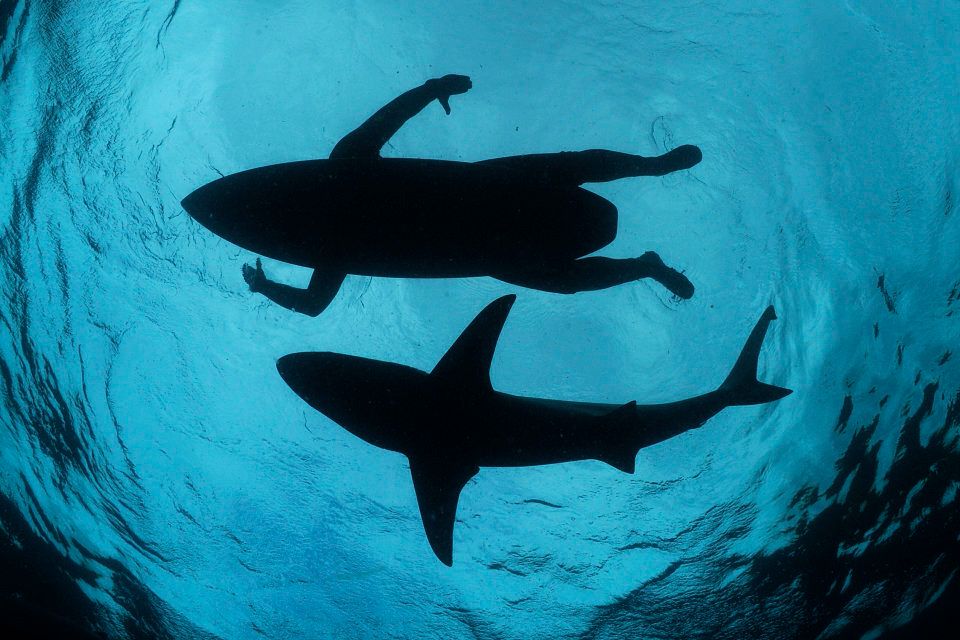
On the days when conservation photojournalist Thomas Peschak dives with great white sharks, there's one element that scares him.
"The thing I worry about is crossing the road to get to the water," Peschak told The Huffington Post Australia.
"People can be more terrifying than any shark.
"I probably went diving when I was about 12 and I'm 41 now and it's almost at the point where I'm as familiar with the aquatic environment as I am the terrestrial environment."
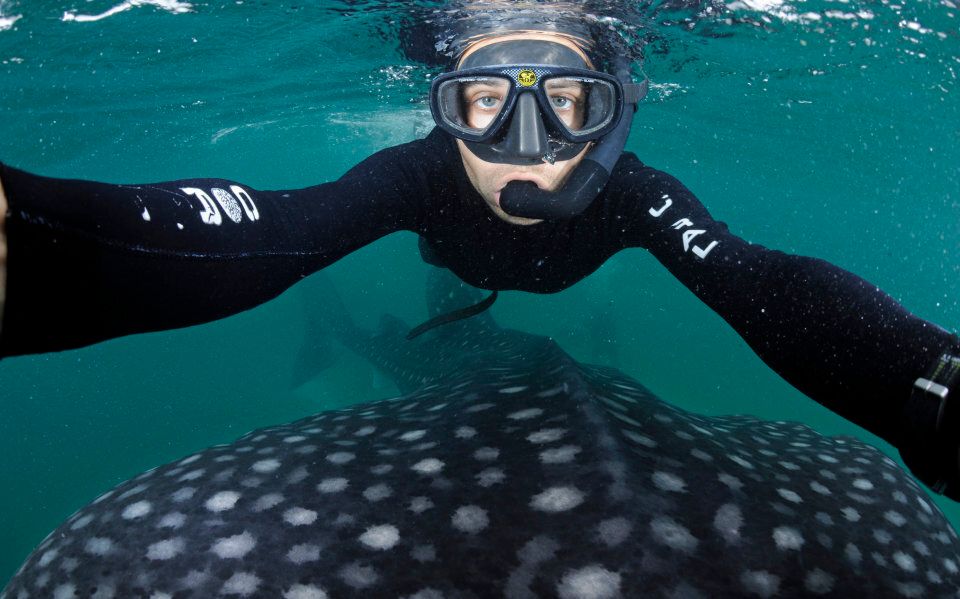
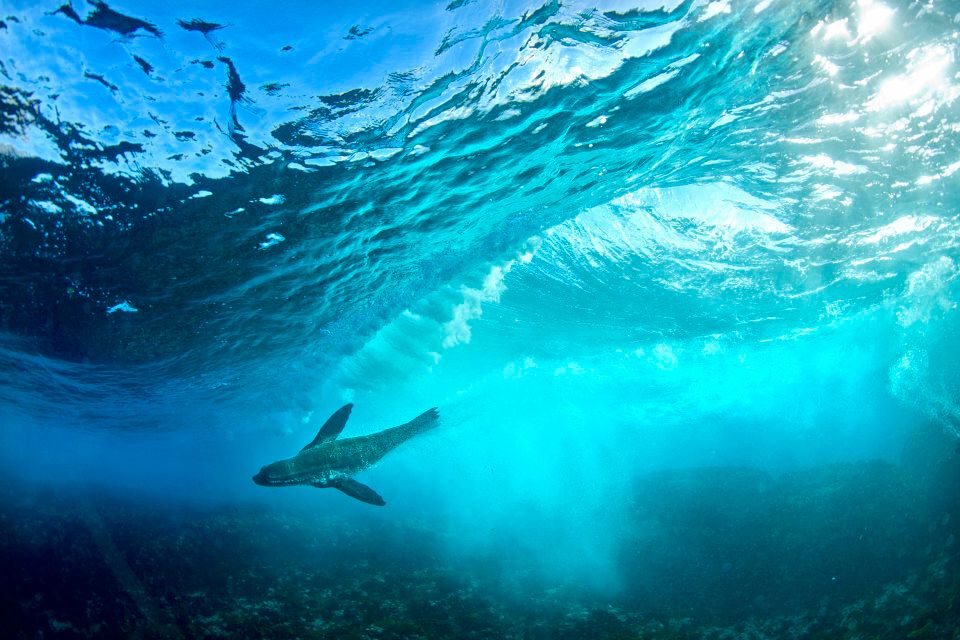
Peschak trained as a marine biologist but soon saw stunning images could convey conservation messages that were sometimes hard to communicate through research.
The learning curve was steep.
"I think that underwater photography is the hardest discipline in photography -- take all the complexities and issues you have on land and put it in an aquatic medium," Peschak said.
"Water erodes light quickly and being in alien environment, you're actually working on surviving in the environment first, taking a photo is another layer of complexity.
"Also, mixing electronics and salt water is never a good idea."
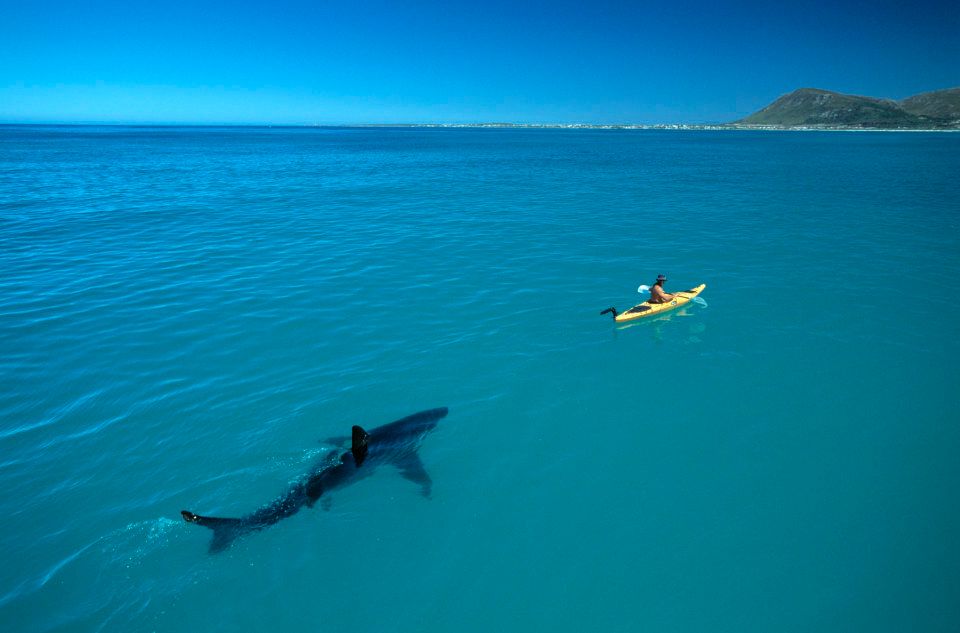
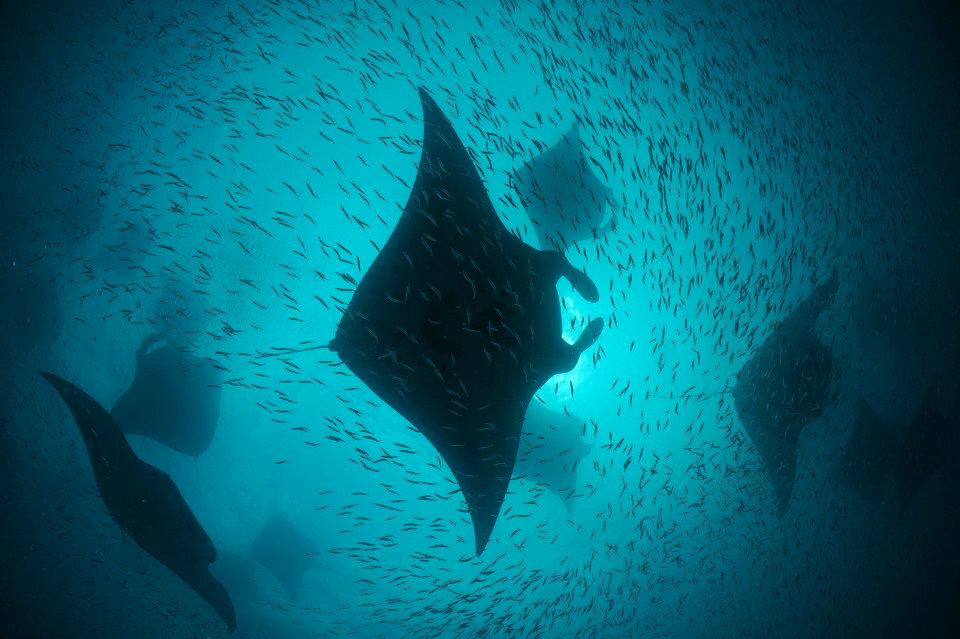
Once underwater, there's no swapping lenses either.
"I don't have the luxury a lot of land-based photographers have where they can use a long lens in the back of a 4x4, being able to back away from an animal.
"Almost all animals I photograph are within a metre of me so most of the time I have to get really, really close and that means I need to make sure I gain the animal's trust.
"You have to be able to behave in a way so the animal lets you into their personal space readily. Otherwise you get a series of photos of animals swimming away."
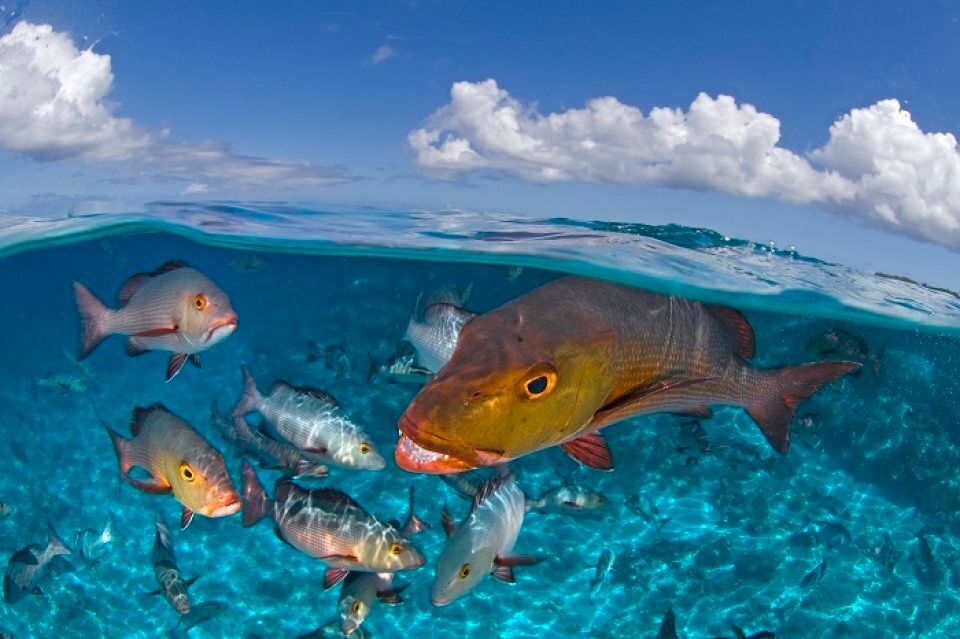
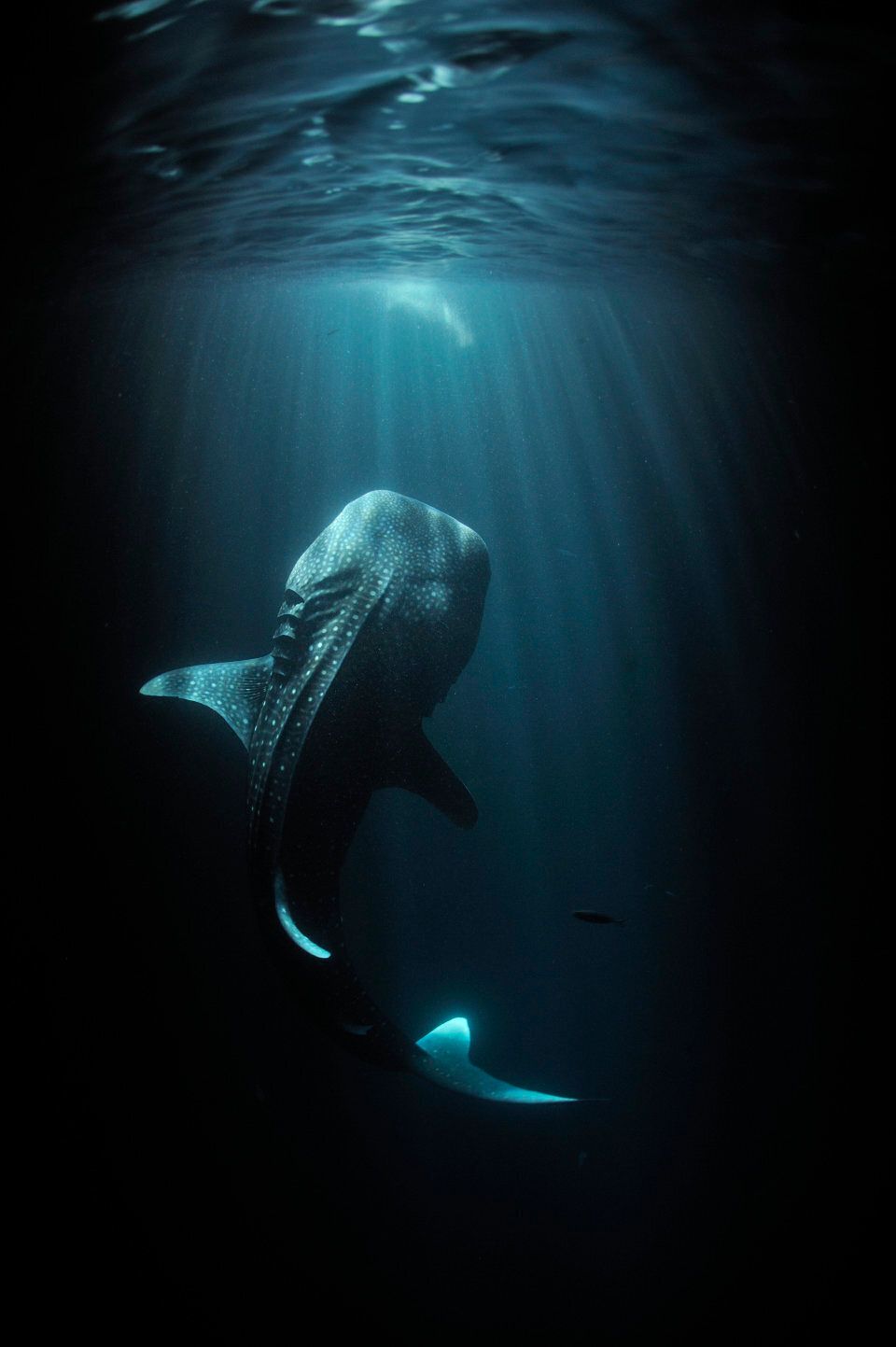
After this process of gaining an animal's trust, it used to be the case that he'd resurface to find his camera had potentially flooded.
"Let's be honest, the way these underwater housings work, in reality all that keeps the water out is a 20 cent plastic o-ring. Something as benign as a piece of dog or cat hair or a grain of sand can pretty much nullify an underwater housing set worth a small car.
"In the early days, flooding was a regular component of this work."
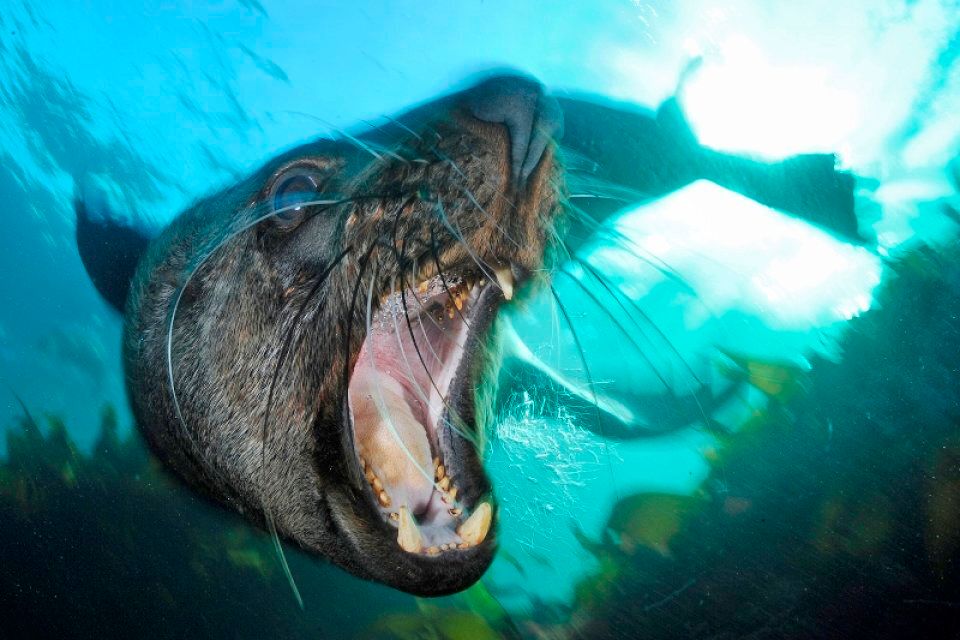
Yet the power of a stunning image kept bringing him back.
"I always feel like I walk an incredibly fine line -- on the one hand I want to inspire people and the way I do that is to explore and document some of the last remaining pristine ecosystems on the planet. I really get to see what our oceans were once like the world over.
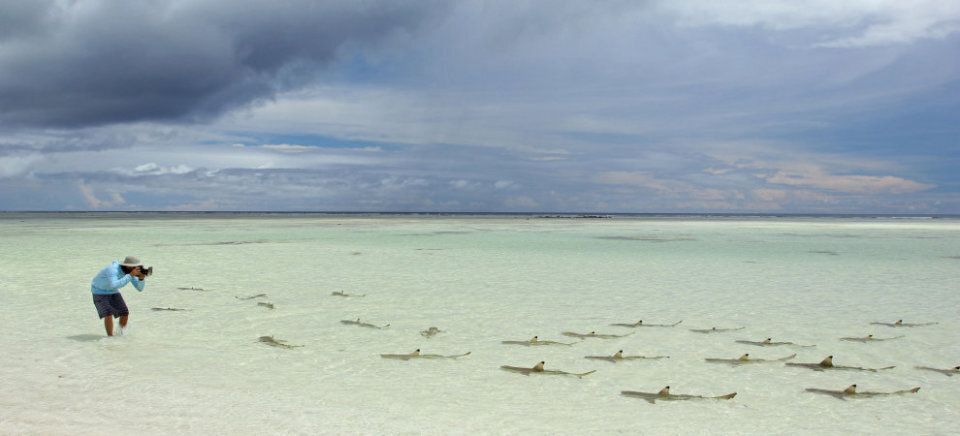
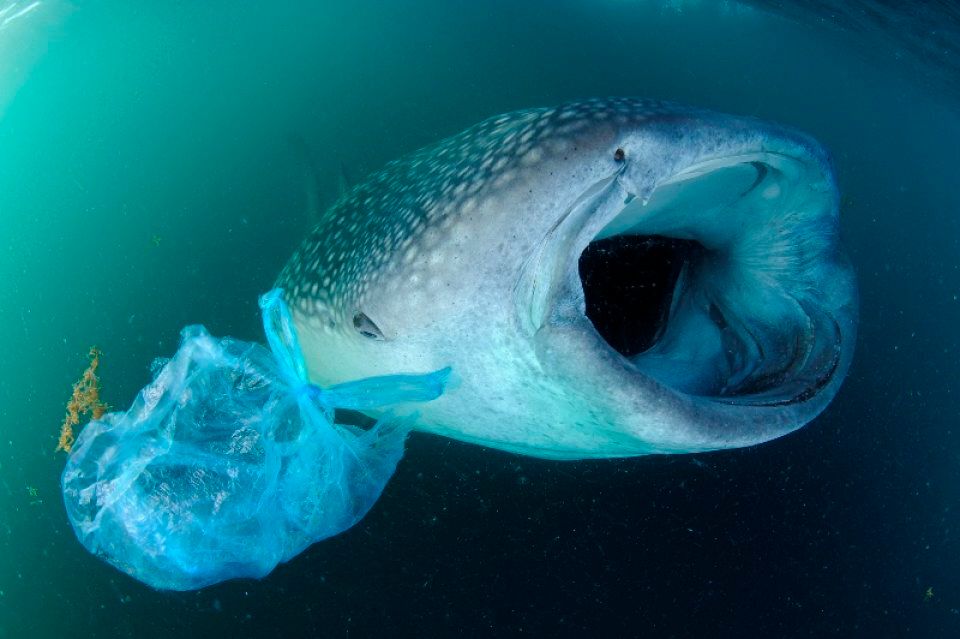
"In reality those places are a very small percentage of our planet now and the other side of my job is documenting imagery that illustrates the darker side of our relationship with the ocean.
"The other half of year I'm documenting things like oil pollution, the impacts of climate change, ocean acidification and shark finning.
At the end of the day, it's critical to give people hope but I feel the burden to show them the harder edged images portraying reality."
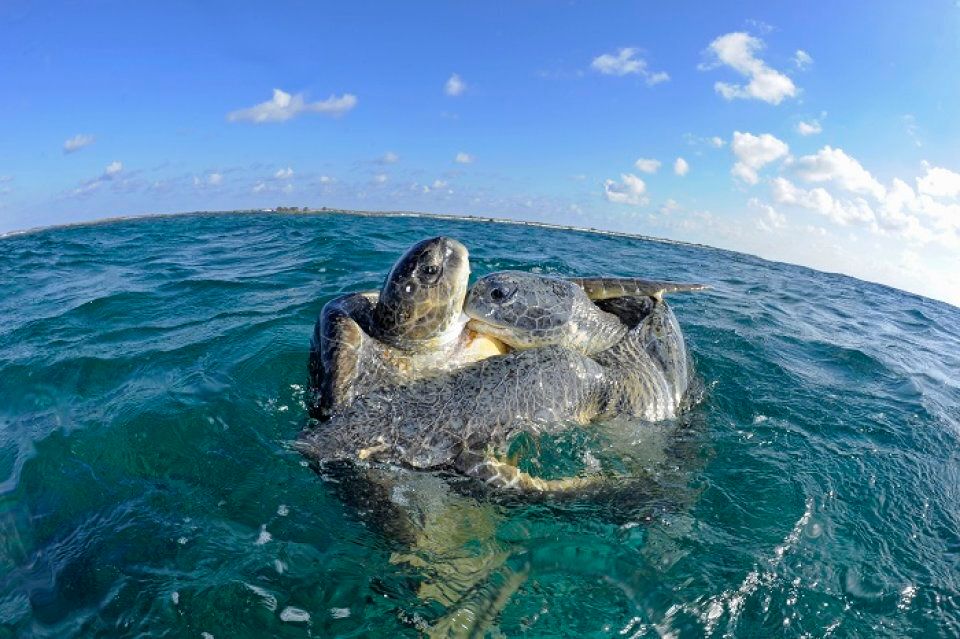
Peschak will speak in Sydney, Perth, Adelaide and Melbourne as part of the National Geographic Live series in October.